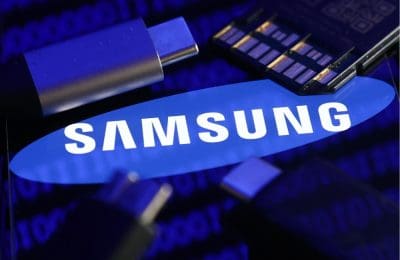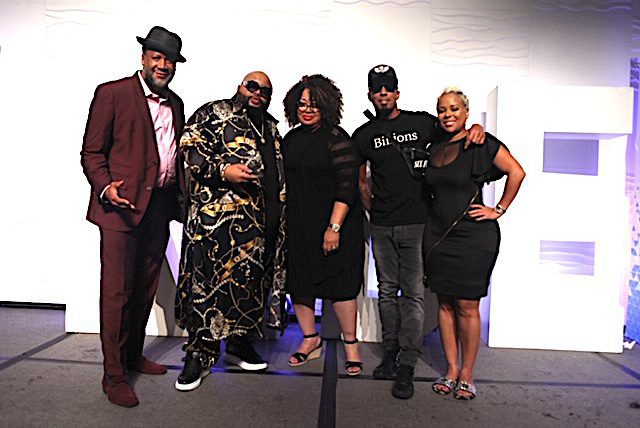
Let’s face it: we are a text-happy society that is using 140–160 characters to communicate every day, both personally and professionally. As we continue to turn toward texting instead of actually talking to people, it is important to remember that text etiquette should not be forgotten. Within our professional relationships with bosses, customers, and employees, we have to pay particularly close attention to the context of the text messages we send. Keep sound business text etiquette, and do not treat business texting the same as you would personal texting. Clients, potential customers and business contacts are not your BFF. Be mindful of who you are communicating with and text accordingly. Don’t let 140-160 characters cost you your career or keep you from advancing.
Follow these useful tips to keep your business text messaging professional and appropriate:
Common Courtesy
This still applies even when texting. When was it ever OK to start another conversation while someone is talking? It is rude and impolite to text when you are having a face-to-face conversation with someone. If you are in a situation where you must text excuse yourself from the conversation first and then carry on your text conversation. Otherwise you will look extremely rude and probably annoy the other people around you.
Watch Your Tone
How many arguments or near arguments have been started due to the tone of a text message? When you are writing short, fast, and abbreviated you’re not thinking of the tone and how your text may sound to the receiver. Although you may not intend for the message to come off as harsh, it is very possible that it might. To avoid sounding abrupt write in complete sentences and stay away from to many negative words such as ‘wrong,’ ‘horrible,’ or ‘ridiculous.’ As simple as this is seems, always say please and thank you. It goes a long way.
Keep It Brief
Business text messaging should be used for brief communication that does not require a lot of detail. Communicate through email if you require a lengthy discussion. No one wants to receive 6 or 7 long texts messages in a row. Pick up the phone or send an email. While you want to keep it brief, be careful with how you use abbreviations. We all commonly use shortcuts and abbreviations such as “LOL” (laugh out loud), “np” (no problem) and “u” (you). Shortcuts are becoming more common within our everyday career communication but choose them wisely. Stick to the abbreviations that you would feel comfortable saying out loud— ”WTF” for example could be very inappropriate—and use widely known abbreviations that the receiver would understand.
Be Timely
Be sure to respond to clients, customers, and business contacts in a timely fashion. At the very least acknowledge that you received the message and will get back to them.
Spell Check
Check spelling and grammar before sending. Although texting is a shorthand form of communication, check these things more thoroughly before sending it off to business associates and colleagues.
Face Time
Most importantly, while texting is a great way to communicate with your friends, and business associates nothing is more powerful than a face-to-face meeting or a phone call. We call that face time!
















